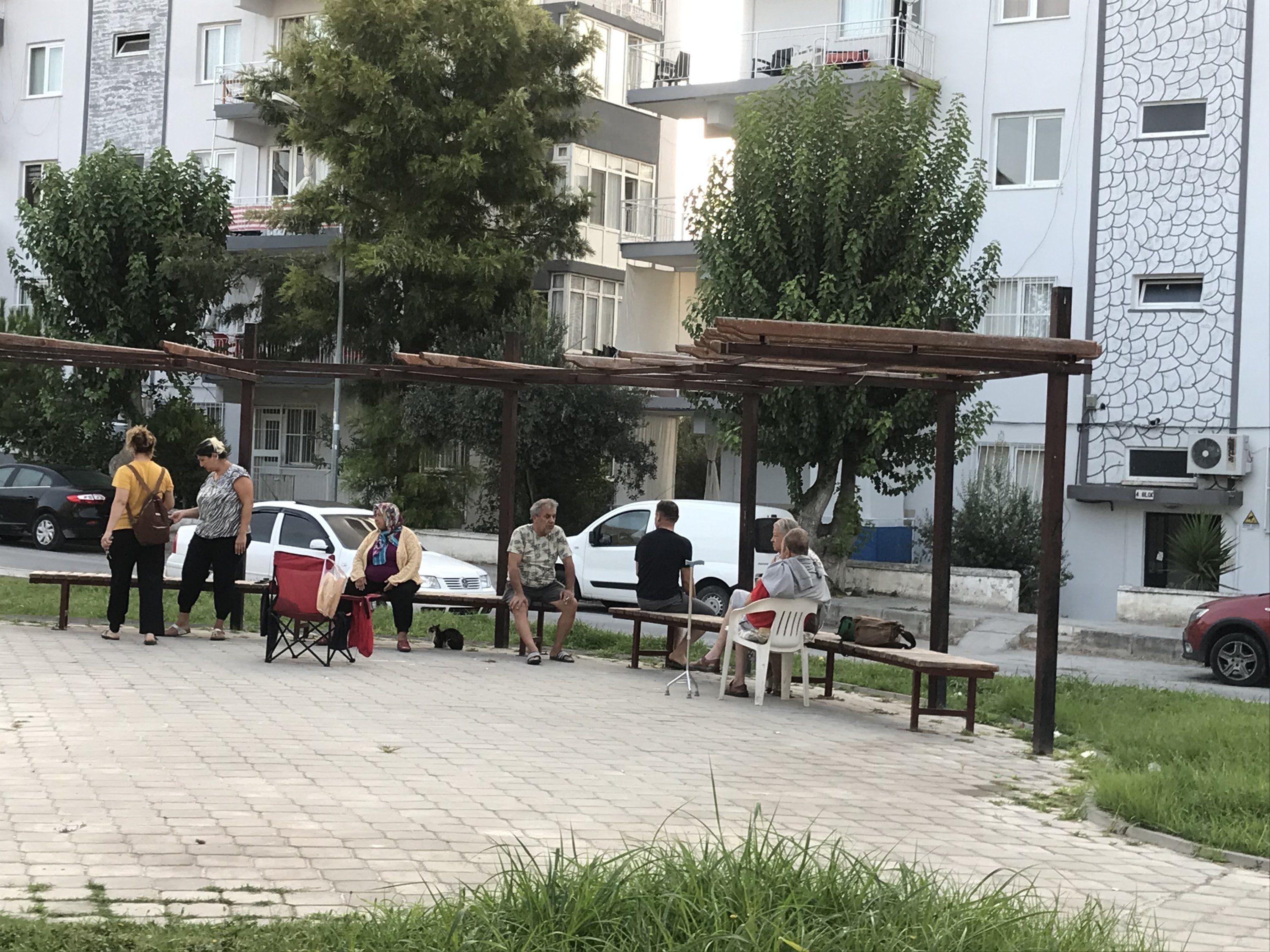Earthquake rocks western Turkish town Kuşadası, no casualties
[ad_1]
No casualties or damage were reported after a magnitude 5.0 earthquake hit Kuşadası, a town in the western Turkish province of Kuşadası on Sunday.
The Disaster and Emergency Management Authority (AFAD) announced that the epicenter of the earthquake which occurred at 6:24 a.m. local time was in the Gulf of Kuşadası in the Aegean Sea. Tremors sent some people running into the streets and were felt in nearby provinces. It was preceded by a 3.8 magnitude earthquake five minutes earlier.
The Geodynamic Institute in the Greek capital Athens reported that a 4.8 magnitude earthquake shook the Greek holiday island of Samos near Kuşadası. The Greek institute said the center of the earthquake was around 12 kilometers (7.5 miles) below the seabed in the strait between Samos and near Kuşadası. “There have been no injuries or significant damage,” the mayor of the main village, Giorgos Stantzos, told Deutsche Presse-Agentur (dpa). Residents and tourists on the island were roused from their sleep as the earthquake occurred. The quake was also felt on the islands of Chios, Ikaria and along the Turkish Aegean coast, Greek media reported.
Locals spent the morning at parks or on the shore for fear of a repeat of the earthquake. “It was short but violent. I ran out immediately. I remembered the earthquake two years ago,” Mehmet Özişçi, a security guard who was on night shift told Demirören News Agency (DHA). He was referring to the deadly earthquake in neighboring Izmir province in 2020.
Professor Hasan Sözbilir, director of the Earthquake Research Center (DAUM) at Dokuz Eylül University in Izmir, said earthquake fears were still prevalent in the region after the 2020 earthquake. He said the latest earthquake was the result of a broken underwater fault line, between two other fault lines named Gümüldür and Efes. He noted that underwater fault lines were abundant between Gümüldür in Izmir and Samos and all were connected to each other. “The Gümüldür and Efes fault lines are active but they have not generated a devastating earthquake for a long time. They have the potential to generate earthquakes between the magnitudes of 5.7 and 6.8,” he told Anadolu Agency (AA). Sözbilir noted that some 10,000 aftershocks were reported in the region following the 2020 earthquake in Izmir and the Kuşadası earthquake was also triggered by the tremors two years ago. He underlined that all earthquakes in the area are triggered by each other, calling for measures against potential greater earthquakes. “The work to reduce the fallout of earthquakes should be accelerated and existing buildings should be reinforced against the potential damage of an earthquake,” he warned.
Between 6:24 a.m. and 9:30 a.m., 33 more earthquakes were recorded in the area and the Menderes district of Izmir, between the magnitudes of 1.1 and 2.7.
Izmir is at the heart of the Aegean region of Türkiye which stretches across the country’s western shores. The region is an indented swathe of cities and towns where the eponymous sea cuts through the land that mountains face. Most settlements face countless islands, small and large, dotting the sea. The geography owes its current shape to earthquakes and shifts in tectonic plates. The wider region is located right in the center of the meeting point of three tectonic plates stretching to Africa, the Middle East and the Eurasian region. The Arabian and Eurasian plates collide to the east of the Aegean, in an area covering Izmir and other Turkish provinces. Their collision pushes the Anatolian plate further north toward the west, creating the potential for earthquakes.
Sitting on multiple active fault lines, Türkiye went through a shaky period in 2021, experiencing an average of three earthquakes an hour. Given that the risk of more consequential earthquakes remains, the country strives to protect its buildings as a precaution in the event of the “big one.” Statistics show that a total of 23,753 earthquakes were recorded over the course of last year. In other words, around 65 earthquakes ranging in magnitudes occurred in a day on average in the country. Earthquakes are monitored by the 1,143 seismic observation stations run by AFAD across the country, though some universities also operate their own stations.
[ad_2]
Read Nore:Earthquake rocks western Turkish town Kuşadası, no casualties



 Canada
Canada Japan
Japan Germany
Germany Australia
Australia United States
United States United Kingdom
United Kingdom China
China France
France Ukraine
Ukraine Russia
Russia Turkey
Turkey